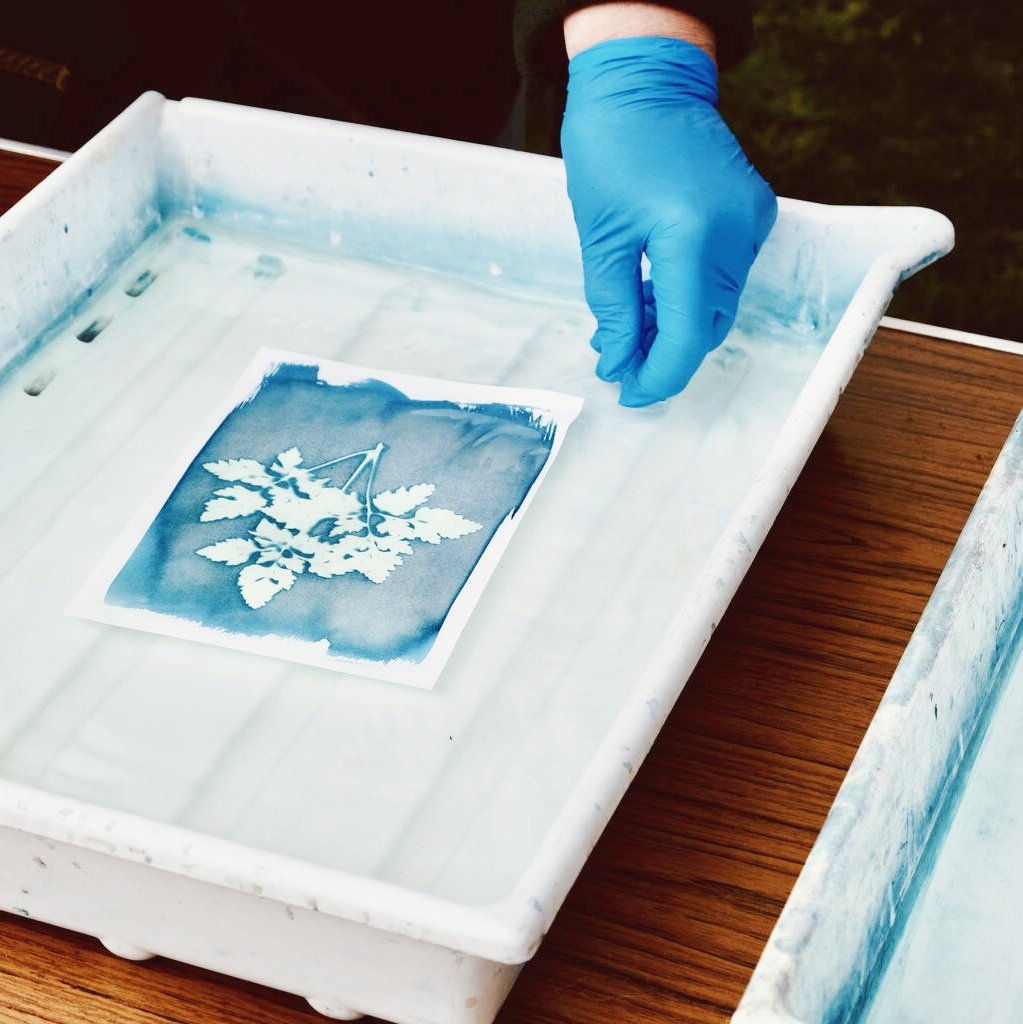When it comes to screen printing, plastisol ink is a popular choice among professionals and hobbyists alike. Among the various types of plastisol inks available, hot peel plastisol ink stands out for its unique properties and versatility. However, before using any type of ink, it’s crucial to consider its environmental impact and safety profile. This article will delve into the eco-friendliness and safety of hot peel plastisol ink, exploring its composition, application, and disposal processes. By the end, you’ll have a clearer understanding of whether hot peel plastisol ink is the right choice for your screen printing needs.
Understanding Hot Peel Plastisol Ink
Hot peel plastisol ink is a type of ink specifically designed for screen printing on textiles. Unlike other inks, hot peel plastisol ink requires heat to set and peel off the mesh screen, making it ideal for intricate designs and detailed work. The ink is composed of plastic particles suspended in a liquid carrier, which solidifies into a durable, flexible, and vibrant print when heated.
One of the most appealing aspects of hot peel plastisol ink is its versatility. It can be used on a wide range of fabrics, including cotton, polyester, and blends, and can produce a variety of effects, from flat and matte to glossy and metallic. Brands like Ho Lava Plastisol Ink, Hobby Lobby Screen Print Plastisol Ink, and Holographic Plastisol Ink offer a diverse range of colors and finishes, catering to the needs of both professional printers and DIY enthusiasts.
However, with the rise in eco-conscious consumers and regulations, the question arises: is hot peel plastisol ink eco-friendly and safe to use?
The Environmental Impact of Hot Peel Plastisol Ink
The environmental impact of any ink is primarily determined by its composition and disposal process. Hot peel plastisol ink, like other plastisol inks, contains plastic particles, which can be a concern for sustainability. However, recent advancements in ink formulation have led to the development of more eco-friendly options.
Many manufacturers now offer biodegradable and non-toxic hot peel plastisol inks that are designed to minimize their environmental footprint. These inks are typically made from renewable resources and decompose more readily in the environment. While they may cost slightly more than traditional plastisol inks, their benefits in terms of reduced environmental impact can be significant.
In addition to the ink itself, the screen printing process also plays a role in its environmental impact. Proper waste management practices, such as recycling screens, cleaning equipment with eco-friendly solvents, and disposing of waste ink responsibly, can further reduce the environmental footprint of hot peel plastisol ink.
Safety Considerations for Using Hot Peel Plastisol Ink
When it comes to safety, hot peel plastisol ink presents several considerations for both professional printers and DIY enthusiasts. The ink contains plastic particles and chemical additives, which can pose health risks if not handled properly.
First and foremost, it’s essential to work in a well-ventilated area when using hot peel plastisol ink. The fumes from the ink can be irritating to the eyes, nose, and throat, and prolonged exposure may lead to respiratory problems. Wearing a mask and gloves can provide an additional layer of protection.
Secondly, it’s crucial to follow the manufacturer’s instructions for ink handling and disposal. Never pour unused ink down the drain or dispose of it in landfills, as this can contaminate soil and waterways. Instead, seek out recycling programs or hazardous waste disposal services that can safely manage waste ink.
For those looking to create their own cured plastisol ink remover, homemade recipes can be found online. However, it’s important to note that homemade removers may not be as effective or safe as commercial products. Always test homemade removers in a small, inconspicuous area before using them on a larger scale.
Disposal and Recycling of Hot Peel Plastisol Ink
Proper disposal of hot peel plastisol ink is essential for both environmental and safety reasons. While some ink can be recycled, others may need to be disposed of as hazardous waste.
For recyclable ink, contact your local recycling center or ink manufacturer to inquire about recycling programs. Many manufacturers offer take-back programs for their products, including ink, to ensure they are disposed of responsibly.
For non-recyclable ink, consult your local hazardous waste disposal service. They will be able to provide guidance on how to safely dispose of the ink, ensuring it does not harm the environment or pose a risk to human health.
Alternatives to Hot Peel Plastisol Ink
While hot peel plastisol ink is a popular choice for screen printing, it’s not the only option available. For those looking for more eco-friendly and sustainable alternatives, water-based inks and digital printing methods may be worth considering.
Water-based inks are made from natural ingredients and do not contain plastic particles. They are biodegradable and produce minimal waste, making them a more environmentally friendly choice. However, they may require different printing techniques and equipment compared to hot peel plastisol ink.
Digital printing methods, such as direct-to-garment (DTG) printing, use inkjet technology to print designs directly onto fabrics. These methods produce high-quality prints with minimal waste and can be more cost-effective for small-scale production.
Conclusion
In conclusion, hot peel plastisol ink is a versatile and durable choice for screen printing on textiles. While it does contain plastic particles and chemical additives, recent advancements in ink formulation have led to the development of more eco-friendly and non-toxic options. Proper handling, disposal, and recycling practices can further minimize the environmental impact of hot peel plastisol ink.
For those concerned about the environmental footprint of their printing practices, considering alternatives such as water-based inks and digital printing methods may be worth exploring. Ultimately, the choice of ink will depend on the specific needs and priorities of the printer, including cost, durability, and environmental concerns.



